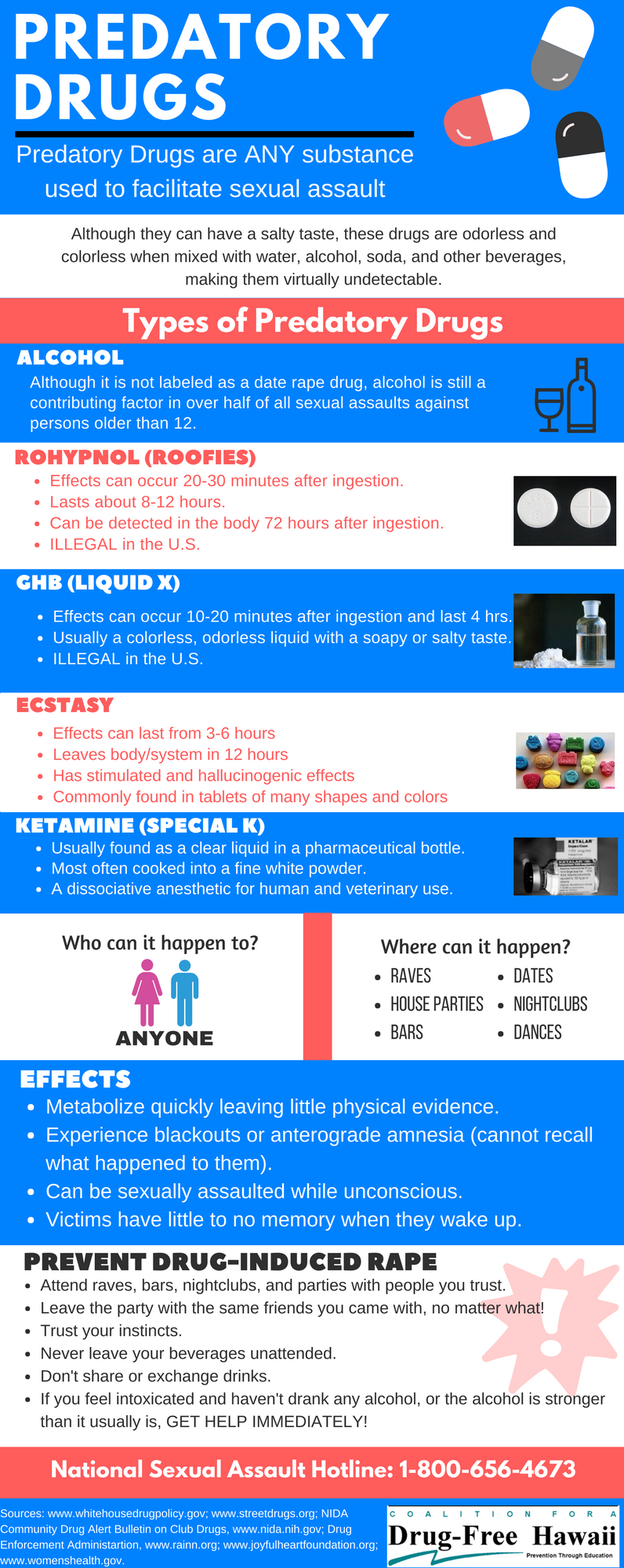Club Drugs
What Are Club Drugs?
Club drugs are a group of illegal substances commonly found at dance clubs, raves, and other party events. They are also known as party drugs, rave drugs and designer drugs that include GHB, ketamine, rohypnol, LSD, methamphetamine, and the number one club drug, ecstasy or MDMA.
Nothing to Rave About
Different club drugs will have different effects on the body. Some of these drugs are classified as stimulants, while others are depressants. Although they are all different, they may have some common effects such as loss of muscle and motor control, blurred vision and seizures. Club drugs are often made in home labs, created by man-made chemicals. It is impossible to know exactly what chemicals are being used and how strong or potent each drug is. A combination of club drugs and alcohol can be even more dangerous. The effects of one drug can magnify the effects and risks of another, with the possibility of it becoming lethal.
How Do Club Drugs Affect the Body?
Different club drugs will have different effects on the body.
Ecstasy
Distortions of perceptions, particularly light, music and touch
Artificial feelings of empathy and emotional warmth
Euphoria
Increased body temperature, blood pressure and heart rate
Threat of dehydration
Increased energy
Lack of appetite
Lack of fatigue when it would be normal
Jaw clenching and teeth grinding
Chills
Muscle cramping
Muscle tension, teeth clenching, nausea
GHB
Euphoria
Sedation
Confusion and amnesia
Dizziness
Hallucinations
Lowered inhibitions
Involuntary eye movement
Nausea and vomiting
Seizures
Tremors
Low body temperature
Fatal respiratory problems
Coma
Liver failure
Death
Ketamine
Distortion of sight and sound
Feelings of detachment from the environment and oneself
Illusions/hallucinations
Nausea and vomiting
Slowed breathing
Dizziness
Confusion and amnesia
Slurred speech
Sedation
Numbness
Weakness
Visual problems
Muscle rigidity
Aggressive behavior
Loss of coordination
Rapid heart rate
Rohypnol
Confusion and amnesia
Drowsiness
Lower blood pressure
Dizziness
Upset stomach
Visual disturbances
Inability to fight off a rapist
Headaches
Nightmares
Muscle relaxation
Tremors
Loss of social restraints
LSD
Increased body temperature
Increased heart rate
Dry mouth
Shakiness
Sweating
Numbness
Weakness
Nausea
Panic
Terror
Despair
Swift emotional changes
Hallucinations/delusions
Methamphetamine
Deterioration of appearance
Irregular or rapid heartbeat
Erratic, changeable moods
Aggressive behavior
Paranoia that can become severe
Confusion
Insomnia
Damage to teeth
Rough skin with sores
Learn more about club drugs and their effects HERE
Your Brain on MDMA
Did You Know?
The stimulant effects of ecstasy, which enables users to dance for a long periods, may also lead to increase in body temperature, dehydration, heart failure, kidney failure, strokes and seizures.
Ecstasy can also cause the body to overheat, water poisoning from drinking excessive amounts of water and even death.
GHB and Rohypnol are also called the "date rape" drugs because they can make you unconscious and immobilize you.
Most club drugs are odorless and tasteless, so you may not realize if someone slipped a club drug into your drink.
According to the 2019 Hawaii Youth Risk Behavior Survey, 4.5% of Hawaii high school students tried ecstasy at least once in their lifetime.
Among high school students surveyed nationally in the 2019 monitoring future study, 3.3 % of 12th graders , 3.2% of 10th graders, and 1.7% of 8th graders reported using ecstasy at least once in their life.
In 2018, 7% of people 12 and older in the US have used ecstasy once in their lifetime.
Sources: www.drugabuse.gov http://monitoringthefuture.org https://nccd.cdc.gov
Real Stories of Hawaii Teens
To learn more about how club drugs can affect you, see how ecstasy played a role in taking the life of a 20-year-old local woman and former Hawaii football star.
The Honolulu medical examiner confirmed Manuwai's cause of death was "acute MDMA use."





